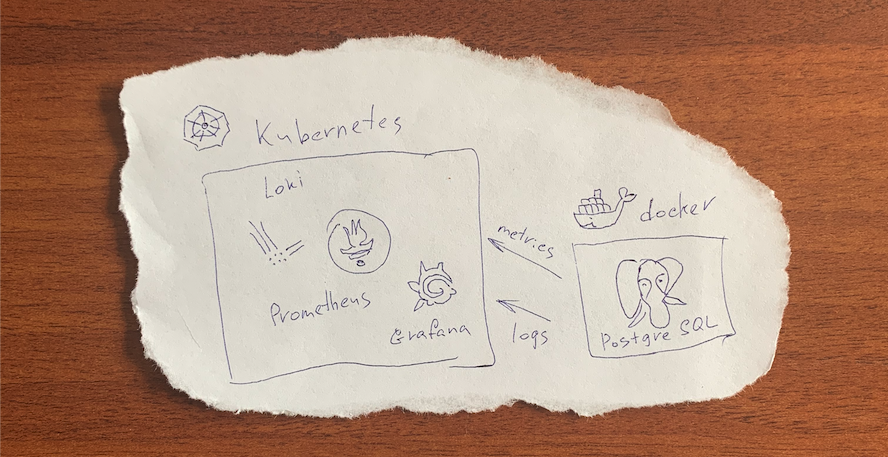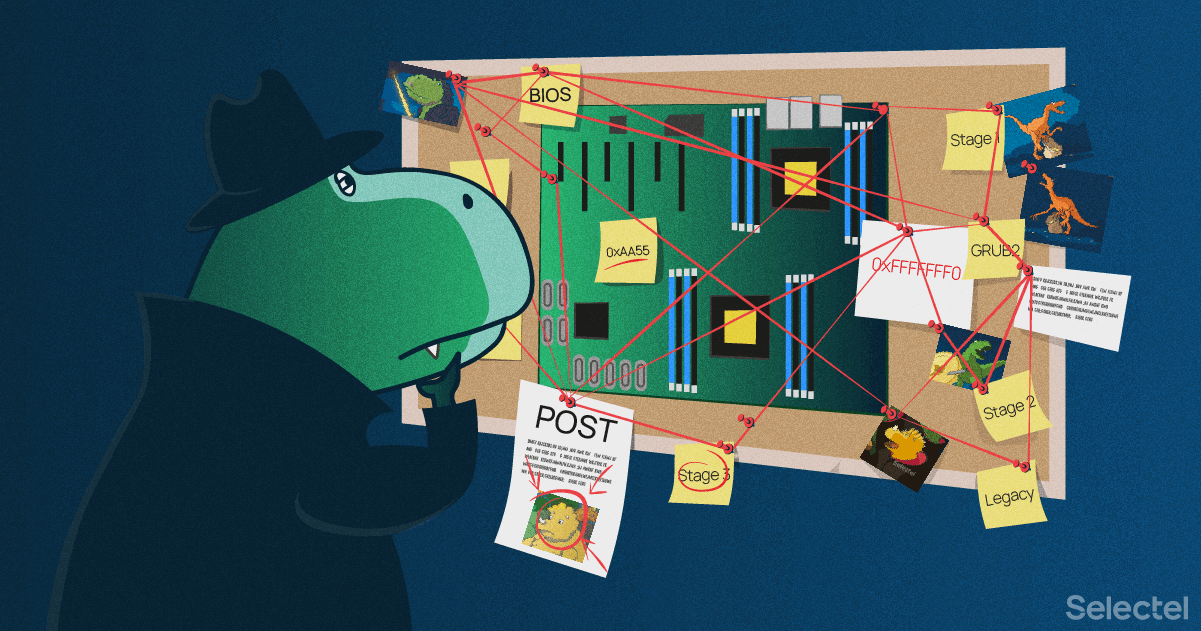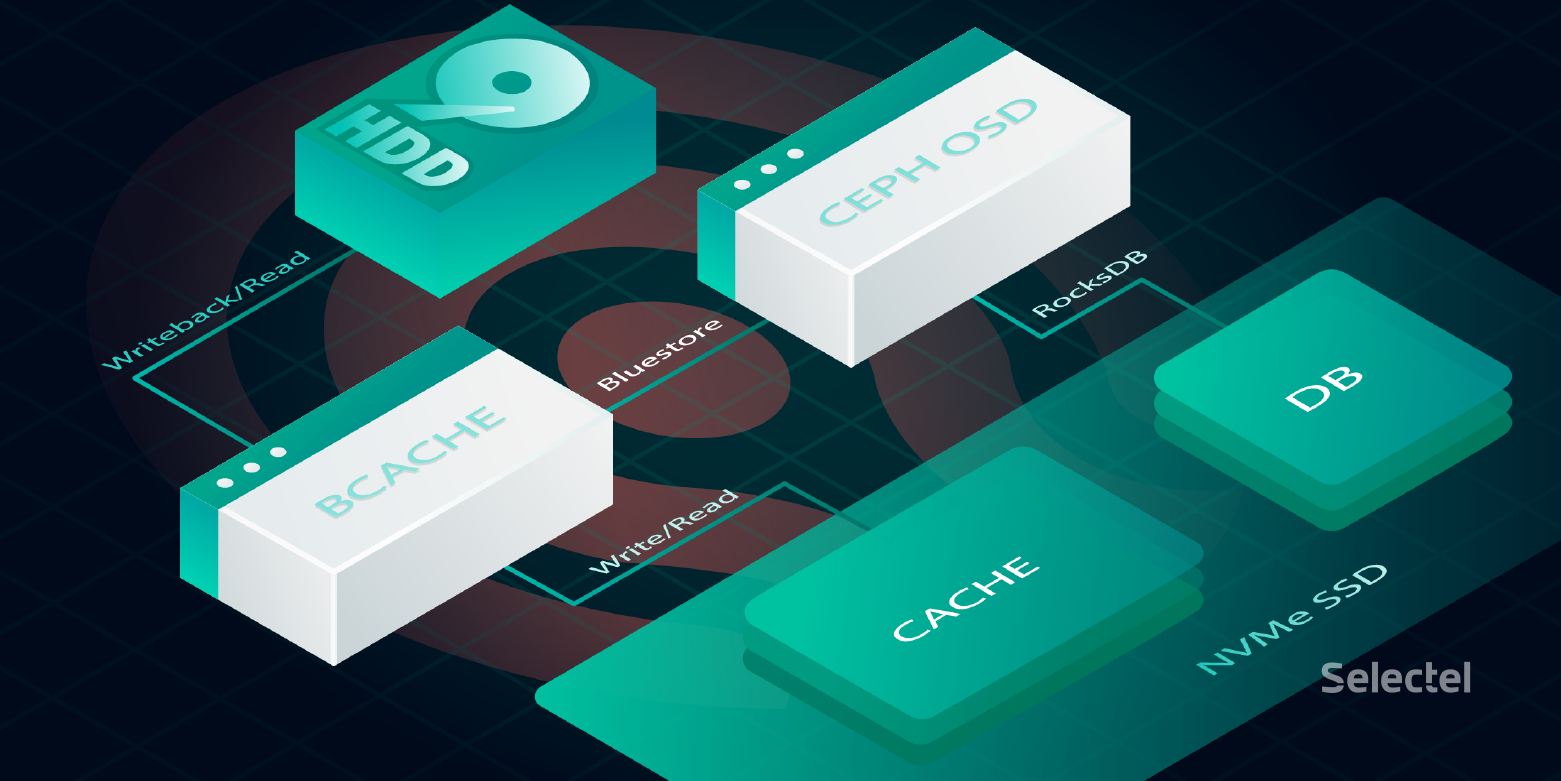Scientists said they were able to return the state of a quantum computer a fraction of a second into the past, according to a university press release. The researchers, who are from the Moscow Institute of Physics and Technology, along with colleagues from the U.S. and Switzerland, also calculated the probability that an electron in empty interstellar space will spontaneously travel back into its recent past. The study came out recently in Scientific Reports.
“This is one in a series of papers on the possibility of violating the second law of thermodynamics. That law is closely related to the notion of the arrow of time that posits the one-way direction of time: from the past to the future,” commented the study’s lead author Gordey Lesovik, who heads the
Laboratory of the Physics of Quantum Information Technology at MIPT.
While the researchers don’t expect you to take a trip back to the high school prom just yet, they added that the time reversal algorithm could prove useful for making quantum computers more precise.
“Our algorithm could be updated and used to test programs written for quantum computers and eliminate noise and errors,” Lebedev explained.
The researchers said that the work builds on some earlier work that recently garnered headlines.
“We began by describing a so-called local perpetual motion machine of the second kind. Then, in December, we published a paper that discusses the violation of the second law via a device called a
Maxwell’s demon,” Lesovik said. “The most recent paper approaches the same problem from a third angle: We have artificially created a state that evolves in a direction opposite to that of the thermodynamic arrow of time.”























